Conference Program
Positioning and situation awareness
09:00 - 12:00
Moderator
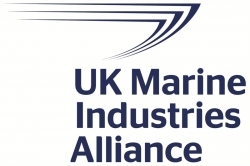 James Fanshawe CBE FNI
James Fanshawe CBE FNIChairman
UK MAS Regulatory Working Group
UK
09:00
Autonomous launch and recovery with a USV platform - An overview of the sensing subsystem
 Howard Tripp
Howard TrippPrincipal product manager at ASV UK
L3Harris
UK
This presentation will review a sensing subsystem for autonomous launch and recovery of a USV platform. The project used a bespoke cradle and was designed to operate in a degraded communication environments, such as alongside a ship. The project utilised a range of sensor inputs to enable the vessel to position itself both with and without GNSS. The LAR system combines computer vision and LIDAR sensors to track the recovering cradle, and autonomously manoeuvre the USV inside. The system was designed for both redundancy and a wide environmental & sea-state operational window. At sea, launch and recovery was successfully demonstrated and the system is ready for further experimentation under more challenging weather conditions.
09:25
Navigation using the Quasi-Zenith Satellite System (QZSS), high-definition maps and positioning
 Koki Asari, PhD
Koki Asari, PhDGeneral manager
Japan Space Systems, General Incorporated Foundation
Japan
The QZSS is a Japanese constellation of the Global Navigation Satellite System (GNSS). A proposal for IEC 61108-8 on QZSS navigation receivers has been made. This is an international standard created in accordance with IMO resolutions. QZSS is scheduled to expand to a seven-satellite system within two years. QZSS is equipped with the Centimeter-Level Augmentation Service (CLAS), which is useful for creating high-definition maps for precise autonomous ship operations including automatic docking. Japan is developing a new concept that considers very accurate geodetic positioning for precise maritime navigation.
09:50
Space in support to autonomous shipping
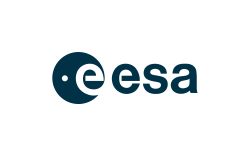 Nil Angli
Nil AngliBusiness applications and partnerships officer
European Space Agency
UK
Autonomous ships are inextricably linked to space: in open sea, communication between vessels and digital bridges relies on satellite connectivity; high-accuracy positioning relies on global navigation satellite systems (GNSS); and near real-time situational awareness information, such as weather and sea ice conditions, relies on Earth observation satellites. The European Space Agency (ESA) is committed to supporting the maritime industry to innovate by leveraging space data. This session will showcase past and ongoing autonomous shipping projects and will present future opportunities to collaborate with ESA.
10:15
W-band ultra high-resolution radar: The right technology for marine autonomy
 Rachael O'Connor
Rachael O'ConnorMarine business development manager
Navtech Radar
UK
This presenation will share the latest examples of data from real-world trials onboard autonomous vessels which utilise Navtech’s millimetre wave FMCW 76-77GHz radar technology. High resolution radars are providing superior detection capability for small targets, giving vessels unparalleled situational awareness in all weather and lighting conditions. This unlocks the ability for vessels to safely navigate congested waterways autonomously. A sensor comparison will be discussed, presenting the extended range, reliability, and high-resolution imaging that FMCW radar technology can offer when compared to both lidar and cameras.
11:10
Developing a COLREGS-compliant autonomous navigation system
 Nigel Lee
Nigel LeeChief strategy officer
Robosys Automation
UK
This presentation will review a +20-year journey to develop a maritime autonomous navigation system (ANS) for USVs. From an obstacle avoidance algorithm first developed for the NASA Mars Rover to real-life and simulated autonomous navigation and collision avoidance trials, it has proved its COLREGs compliance from Canada to Australia. With Indian Register of Shipping class society certification for its Voyager AI software on board an uncrewed 30m tug. Robosys is now working with integrated bridge system (IBS) manufacturers to develop a bridge-based collision avoidance decision aid (CADA) for lean crewed ships to improve safety in complex navigational waters.
11:35
Designing for and assuring situational awareness for remote operation
 Matthew Smith
Matthew SmithSenior navigation and seamanship engineer
BMT
UK
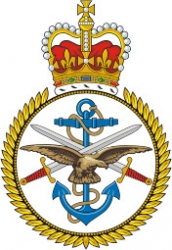 Stephen Perry
Stephen PerryNATG MASS lead
Naval Authority Technical Group (NATG)
UK
Remote operation of surface vessels is growing rapidly with more vessels being controlled remotely than ever before. Ensuring satisfactory navigational and Bridge situational awareness to make well informed decisions during a mission is a core part of safe remote operation. BMT and the Naval Authority Technical Group (NATG) have developed a tool to design for, and assure, the situational awareness of remote operation. Taking an approach of equivalence, this tool brings together the applicable type approvals and standards for remote operation centres to meet, in order to be well designed and assured for certification.
Training and human factors
12:50 - 15:00
Moderator
 James Fanshawe CBE FNI
James Fanshawe CBE FNIChairman
UK MAS Regulatory Working Group
UK
12:50
No dropouts, please – creating a future where human ingenuity meets cutting-edge technology
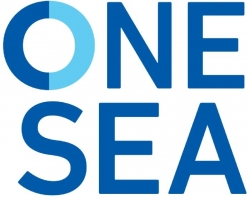 Sinikka Hartonen
Sinikka HartonenSecretary general
One Sea Association
Finland
The rapid advancement in technology enables us to increase the usage of automation and autonomous functions in maritime operations. However, the idea that these developments will make seafarers redundant is misplaced. Instead of embracing this notion, we should focus on how we can harness the strengths of technology to enhance human capabilities and eliminate human weaknesses. This presentation highlights the importance of creating a future that allows seafarers and other maritime professionals to maintain their expertise and professional pride empowered by technology, not replaced by it.
13:15
Design and optimization of remote operating centers
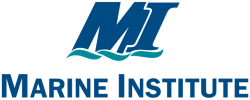 John Cross
John CrossFaculty
Marine Institute of Memorial University
Canada
In 2023 the Marine Institute completed The Launch facility in Holyrood Bay on Canada’s east coast and the home of the Marine Autonomous Systems Testbed (MAST) initiative. One of the projects housed under MAST is our research investigating the development and design of remote operating centers (ROCs). ROCs are going to play a key role in the future of autonomous ships but surprisingly little research has gone into their design, operating configurations and user needs. This presentation will discuss the development plan of our ROCs, functionalities and pathways forward.
13:40
Navigational training for maritime autonomous surface ships using bridge simulator
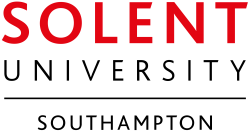 Zakirul Bhuiyan
Zakirul BhuiyanDirector
Warsash MASS Research Centre
UK
The fast advancement of technology over the last decade has had an impact on all industries, including maritime. Maritime autonomous surface ships (MASS), which were once only a concept, are now becoming a reality. Several countries have made successful attempts to run MASS in coastal waters. The nations are competing to be the world leader in the field of maritime autonomy. However, in the midst of all this rivalry, little attention has been paid to the future navigational training difficulties. The crucial question is how this new disruptive technology will affect maritime education and training (MET).
14:05
Introducing autonomous ships requires a holistic approach.
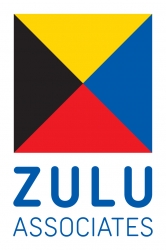 Antoon van Coillie
Antoon van CoillieDirector
Zulu Associates/Anglo Belgian Shipping Company
Belgium
Autonomous or remote operations of vessels need a holistic approach in order to benefit from the possibilities offered by this technology: sustainability, shortage of seafarers and their well-being, offering alternative links in logistic chains (modal shift). Not only need the vessels and their operations to be redesigned in a holistic way: i.e. hull, maneuverability, propulsion, communication, procedures, etc., but also, the infrastructure for handling the vessels, energy loading, energy availability will need to be redesigned and reconfigured, changing also the concepts of operation. Lastly, humans intervening with these vessels and the related infrastructure will need new training and a change of mind.
14:30
Advancing USV operations: Best practices in workforce training and competency development
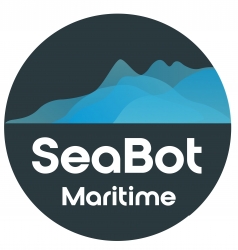 Gordon Meadow
Gordon MeadowCEO (& co-founder and chair MASS people)
SeaBot Maritime
UK
The role of workforce vocational training and structured training programs in enhancing operational confidence and innovation in USV deployment. Effective training methods to leverage new operational strategies in Unmanned Surface Vehicles (USVs) and their applications. Essential Competencies for USV Operators addressed during training. Exchange of best practices in combined USV and remote ROV operations
